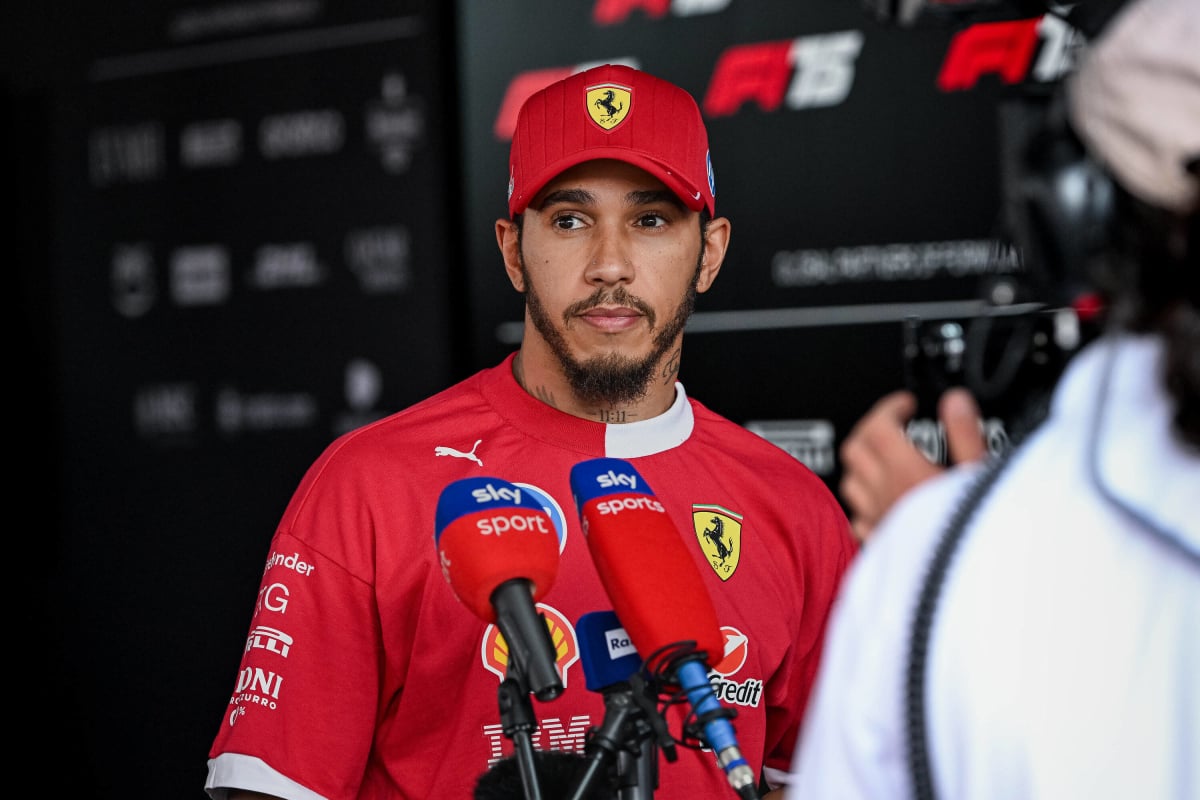Hamilton Given Double EA Sports Snub in New F1 2… read more
In a surprising turn of events, Formula 1 superstar Lewis Hamilton has been given a notable double snub by EA Sports in the latest installment of their popular racing franchise, F1 25. Known not only for his outstanding record on the track but also for his significant influence off it, Hamilton’s absence from key features in the game has sparked considerable discussion among fans and analysts alike. As one of the sport’s most decorated drivers, his portrayal—or lack thereof—has become a point of contention that highlights broader issues within the gaming community and the representation of athletes.
The F1 series, a collaboration between Codemasters and EA Sports, has long been celebrated for its realistic representation of the Formula 1 experience. However, F1 25 has raised eyebrows due to the noticeable absence of Hamilton from several key promotional materials and features that showcase the game’s impressive advancements. This absence is particularly stark given that Hamilton has been a defining figure in the sport for over a decade, amassing a record number of wins and setting numerous benchmarks along the way.
One of the most significant snubs has come in the form of Hamilton’s exclusion from the cover of F1 25. Instead, the game features images of other drivers, raising questions about the reasons behind this decision. While EA Sports has not provided a clear rationale for the choice, it appears that Hamilton’s stature as a global icon was overlooked, suggesting a potential shift in focus towards other drivers who have come to prominence in recent seasons.
Furthermore, the decision to omit Hamilton from promotional content and trailers has not gone unnoticed. Fans have taken to social media to express their disappointment, citing Hamilton’s contributions to the sport and the game’s history. Many argue that the absence of Hamilton on promotional materials does not just diminish his legacy but also fails to represent a significant portion of the fan base that looks up to him as an inspiration. The backlash has sparked discussions regarding the inclusivity and recognition of athletes in sports gaming, prompting questions about how companies prioritize endorsements and player representation.
Beyond the cover, Hamilton’s secondary snub involves the in-game recognition and features attributed to him. Historically, players have been able to unlock vehicles, challenges, and career modes that are closely tied to specific drivers’ careers. However, in F1 25, Hamilton’s achievements do not seem to receive the same attention as those of his contemporaries. This discrepancy leaves players and fans pondering the implications of such decisions on the gaming experience, particularly when considering Hamilton’s remarkable achievements, including breaking records and influencing the sport’s trajectory towards inclusivity.
Despite these snubs, Hamilton remains a pivotal figure within the world of Formula 1 and gaming. Many of his fans are passionate about the representation of their hero, and they have begun to mobilize support for him through online petitions and campaigns encouraging EA Sports to reconsider their decision. These collective efforts illustrate the profound connection between athletes and their fanbases, whereby representation in popular media is seen as a reflection of merit and legacy.
Additionally, the absence of Hamilton raises relevant questions about the current landscape of Formula 1 and the evolving relationship between drivers and video game franchises. With the sport experiencing a resurgence in popularity, driven in part by the Netflix series “Drive to Survive,” the focus has begun shifting towards a newer generation of drivers. Although it is understandable that game developers want to market to the emerging fanbase, it is crucial that they do not disregard the contributions and historical significance of established stars like Hamilton.
The reception of F1 25 will ultimately depend on how EA Sports addresses these snubs moving forward. Acknowledging Hamilton’s legacy, even in future updates or downloadable content, may help mitigate some of the dissatisfaction stemming from his absence. Fans are hoping that the developers will take this opportunity not only to rectify the situation but also to set a precedent for how they handle athlete representation in future titles.
In conclusion, Lewis Hamilton’s double snub in EA Sports’ F1 25 game has ignited conversation surrounding athlete representation and recognition in sports gaming. As Hamilton’s influence in Formula 1 continues to be felt, it remains essential for game developers to acknowledge the contributions of all athletes, old and new alike. Ultimately, addressing these concerns could lead not only to greater fan engagement but also to a richer, more inclusive experience that honors the entire spectrum of talent in the world of Formula 1 racing.




